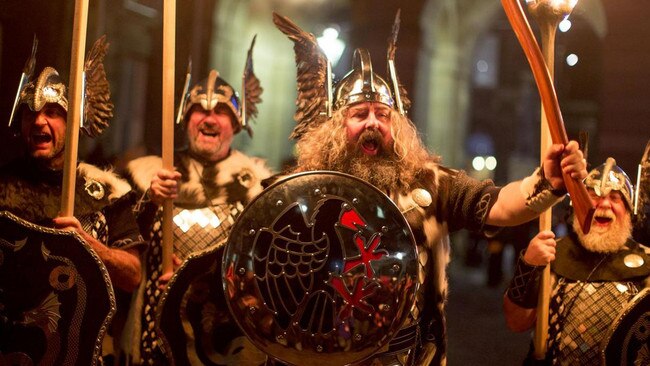Vikings were ‘too trendy’ for helmets with horns
New carbon dating of two helmets has revealed that Vikings may have shunned horns as simply being out of fashion.

In the list of great historical myths, few have had more impact on popular culture and imagination than the idea that the Vikings wore horned helmets.
Despite all the illustrations in children’s books, and the depictions in Wagner operas, no archaeological dig has produced any evidence they did.
However, new carbon dating of two helmets has revealed Vikings may have shunned horns as simply out of fashion, because the headgear belonged to a previous civilisation.
There is also a suggestion the helmet’s design may not have come from Scandinavia but Sardinia, and analysis could point to more globalisation in the Bronze Age than realised.
The helmets were discovered by a peat farmer 80 years ago in Vekso, Denmark. He found fragments of bronze in the bog and assumed they were waste but later investigation prompted a full excavation. Enough fragments were recovered to make two helmets, ornately decorated with curling bull horns, as well as a bird motif with eyes and a beak.
Metal is hard to date but in 2019 it was noticed that a bit of birch tar was on one of them and new techniques allowed this to be dated. It revealed that, far from being evidence Vikings wore the armour, these items were from 900BC, predating the Norse warriors by at least 1500 years.
“People associated the Vekso helmets with the Vikings but it’s nonsense,” said the archaeology professor Helle Vandkilde, who led the team and has had its study published in the journal Praehistorische Zeitschrift. “The horned theme is from the Bronze Age and is traceable back to the ancient Near East.”
Disappointingly for fans of the traditional image, it seems unlikely such helmets were worn in battle, not least because the horns would have been useless. Rather, they were designed to impress and mark authority. “Leaders must have used religious beliefs and innovative traits, like the horns, to further their power,” Professor Vandkilde said.
The helmets’ horned and bird of prey imagery are similar to items found in Sardinia and the Iberian Peninsula, and suggest a link with the Phoenicians, a civilisation based mainly in modern-day Lebanon which ran trade routes across the Mediterranean.
The study says that the helmets’ presence in Denmark could mean these routes extended to the Baltic Sea via the Atlantic, a distance of more than 7240km.
THE TIMES



To join the conversation, please log in. Don't have an account? Register
Join the conversation, you are commenting as Logout